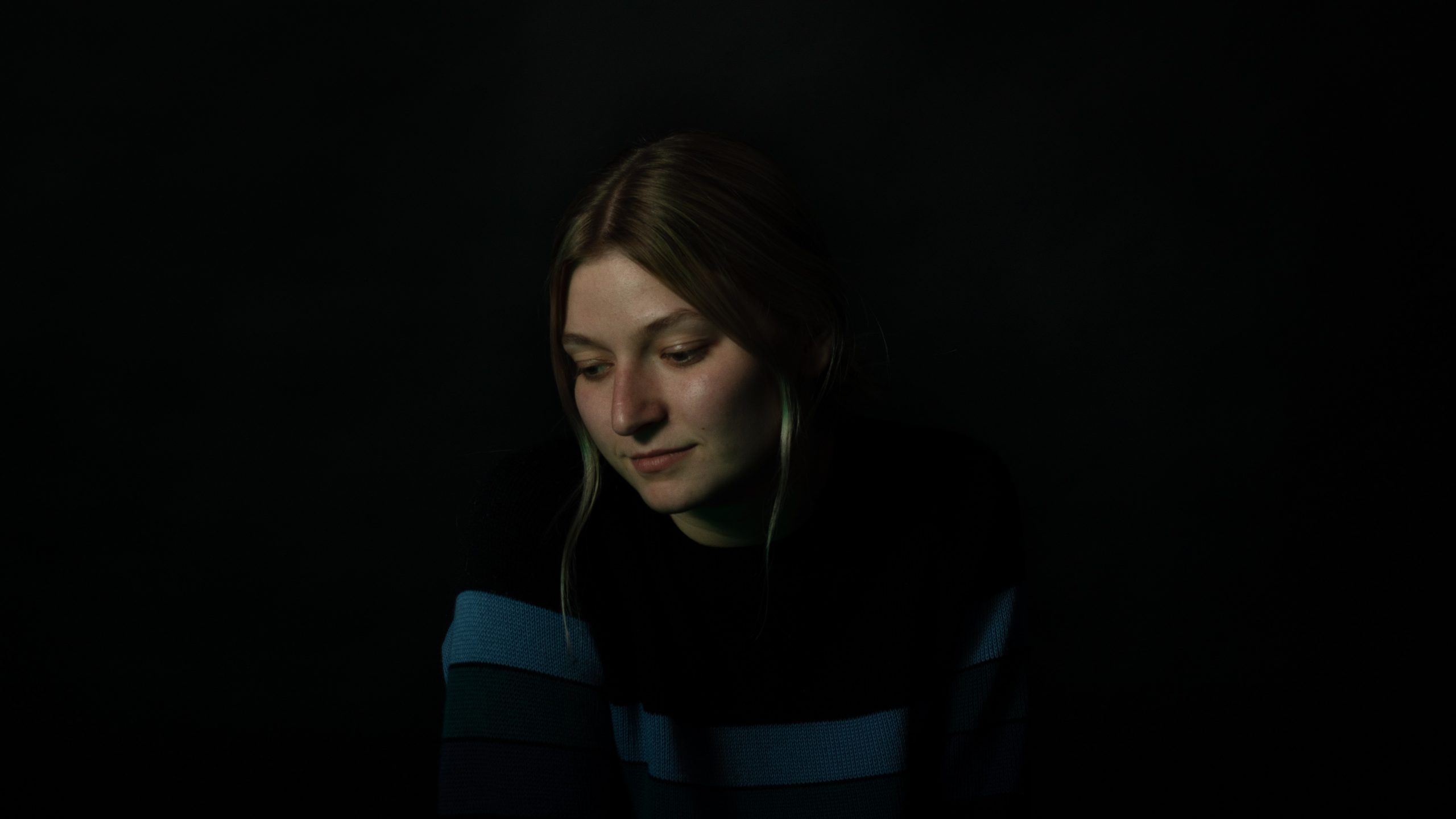The patriarchy permeates every aspect of life, and film and media are no exception. With the second wave of feminism, came feminist critique of our institutions and culture. Feminist theorists coined the term ‘female gaze’ in response to Laura Mulvey’s article on the male gaze in the 1954 Hitchcock film Rear Window, where she argues that the women in the film are there for the aesthetic pleasure of the men, and they aren’t represented as actual people. Films such as the James Bond girls or Margot Robbie in The Wolf of Wall Street serve as beautiful pieces of arm candy for the leading male characters, with no ambitions or actual storylines of their own.
Female gaze critique looks at individual filming, the film’s female characters and the audience. Rather than positing women as one-dimensional figures who are only to be seen through their sex appeal, a film can be described as adhering to the female gaze if female characters have a purpose outside of existing for male viewing pleasure; they have their own motives and personalities.
There exists a plethora of types of female gaze films, whether or not they are feminist is another question. ‘Women’s’ films was the term given to films that were directed with film audiences in mind, more commonly called the controversial term ‘chick flicks’. Films like Clueless or Bridget Jones’ Diary could be considered examples of the genre, despite their themes of romantic reliance on men and arguably ditzy characters-they were made with women in mind due to the socialisation that women enjoy light-hearted romantic films. These kinds of films are not as respected as superhero or action films.
Female directors such as Greta Gerwig, Anna Biller and Sofia Coppola are considered pioneers of the new wave of female gaze films. Lady Bird is an especially poignant example of a new female gaze film. While it focuses mainly on the titular character Christine Lady Bird Pearson and her experience growing up in 2000s Sacramento, it also features sun-dappled nostalgic lighting showing scenes from Lady Bird’s messy teenage bedroom and shots from her Catholic secondary school. The use of the eclectic posters on her wall to the knee-length school uniform skirt makes Lady Bird a film that young women relate to, without forcing patriarchal ideas on us. We can see ourselves as Lady Bird in this universal experience of growing up as a young woman and our relationships with other women.
In moving towards a more intersectional world for all, it is imperative to criticise the world around us. The media that we create and consume reflects the world around us. If women are to advance, female characters and women’s stories must be told, respectfully and without patriarchal ideas and tropes poisoning them. To truly thrive we must see our lives and our interests on the big screen without being watered-down or ridiculed, and to show that female existence needs to be respected. Representation matters to mitigate negative stereotypes that have been portrayed about women in film (e.g the bimbo blonde, overly-emotional women, etc…). They can also serve to reclaim stereotypes, which is another important issue that should be examined. We must question why the traditional female trait of being emotional is seen as silly, while in male-centred action films, violence and anger are not necessarily criticised? Furthermore, when little girls see themselves being represented in a wide range of female characters, who are all very different from each other, they will grow up with a stronger sense of self and will not automatically assume their role in society should match that of archetypal, overly-sexualised women that we have traditionally seen presented in the media. In what one can consider the fourth wave of feminism, our society and world have begun to have conversations about women and their role and how it is portrayed.
Alongside this, there has been a popularisation in capitalising off of feminism with companies attempting to appeal to this new powerful female audience by incorporating strong female characters with female-friendly themes and imagery. Such is the evolution of western liberal feminism, which is seemingly pro-woman but behind the façade seeks to maintain the capitalistic system that continues to oppress women, especially poor women and WOC. In supporting media, we should look beyond its liberal feminism-friendly cover and examine the media’s true intentions and ethics.
Written by Emma Whitney
Photo via Marshal Quast on Upslash


